
7 Key Differences Between Common Law and Civil Law LaptrinhX / News
This book offers an in-depth analysis of the differences between common law and civil law systems from various theoretical perspectives. Written by a global network of experts, it explores the topic against the background of a variety of legal traditions. Common law and civil law are typically presented as antagonistic players on a field.
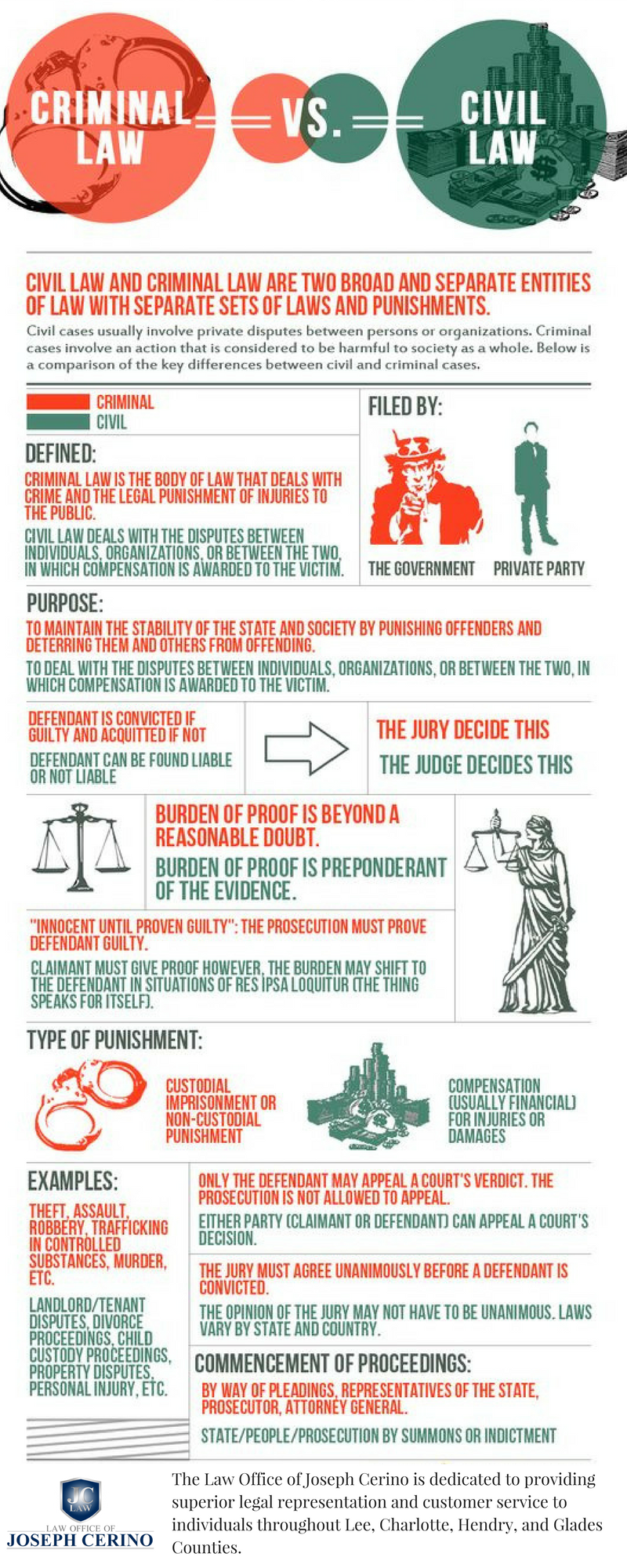
Civil Law vs. Criminal Law Law Office of Joseph Cerino Family & Criminal Law Serving The
A: California ended common law marriage in 1895. Couples cannot be considered legally married in California by cohabitating and considering themselves to be married. There are only seven states that recognize common law marriage as of 2024, plus the District of Columbia. California only recognizes common law marriages if a couple married under.

Civil Law vs. Common Law Matthew Gould Criminal Trial Lawyer
Common law places much less of an emphasis on precedent than it does on the actual codification of the law. Civil law systems rely on a large legal code that is constantly updated and which establishes legal procedures, punishments, and what can and cannot be brought before a court. In a civil law system, a judge merely establishes the facts of.
:max_bytes(150000):strip_icc()/dotdash-common-law-Final-0dd2a15ee64240b98f1b47c6f719d61c.jpg)
Common Law What It Is, How It's Used, and How It Differs From Civil Law
The choice between civil law and common law systems is subjective and depends on various factors. Each system has its strengths and weaknesses. Civil law systems offer legal certainty and predictability, while common law systems allow for more flexibility and adaptability.

Difference Between Common Law and Civil Law PDF
What are the real differences between common and civil law systems? Probably not the ones lawyers typically think about, said Harvard Law School Professor Holger Spamann S.J.D. '09 last week. To commemorate his appointment as Lawrence R. Grove Professor of Law, Spamann examined the myths and reality of common and civil law, the two most widely used legal systems in the world.
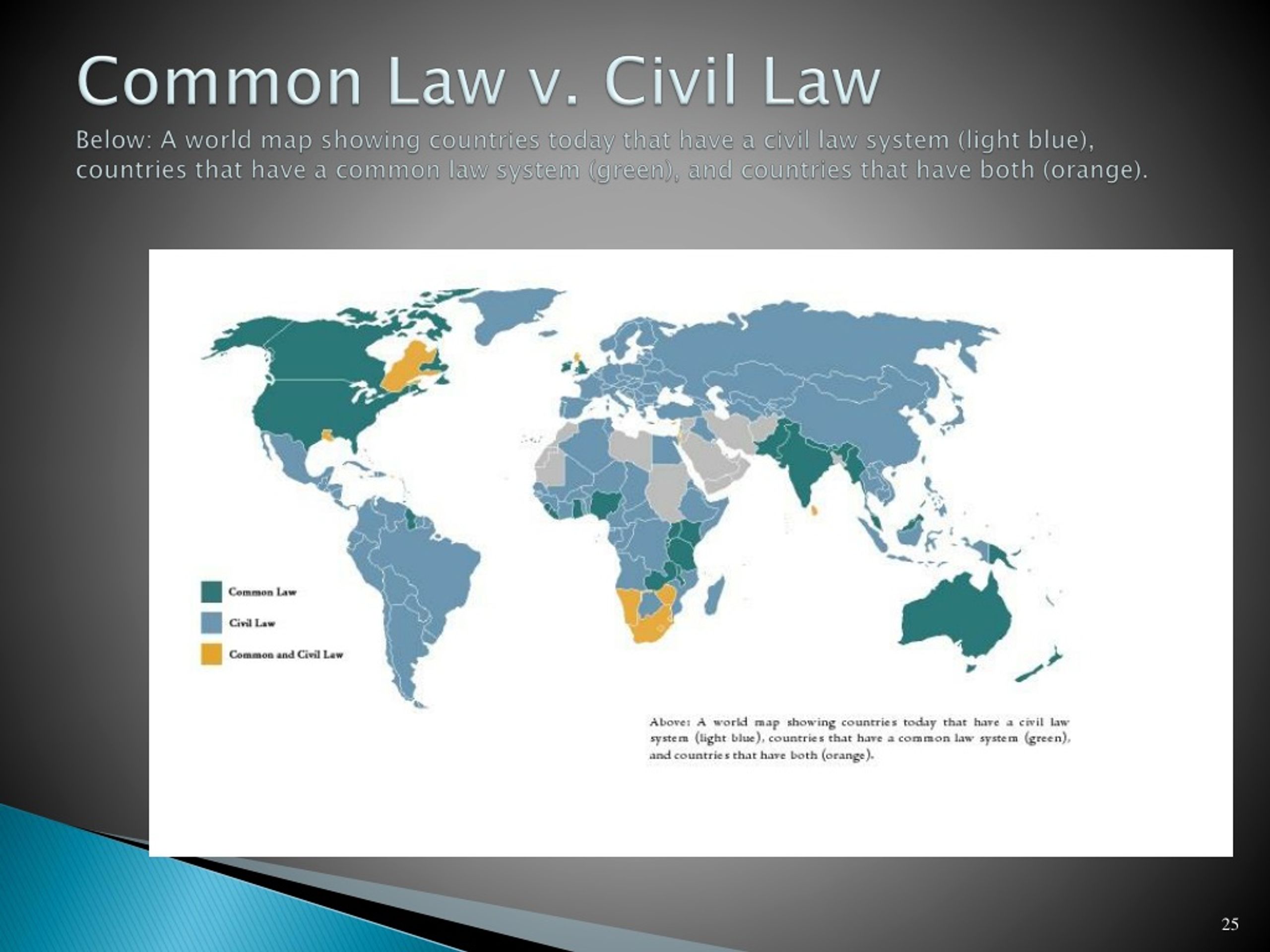
PPT Introduction to Law PowerPoint Presentation, free download ID9119134
Civil law is based on written codes and statutes, whereas common law relies on judicial decisions and precedents. In civil law, judges primarily interpret and apply the law, while in common law, judges have the authority to create new legal principles through their rulings. Most European countries follow the civil law system, while common law.
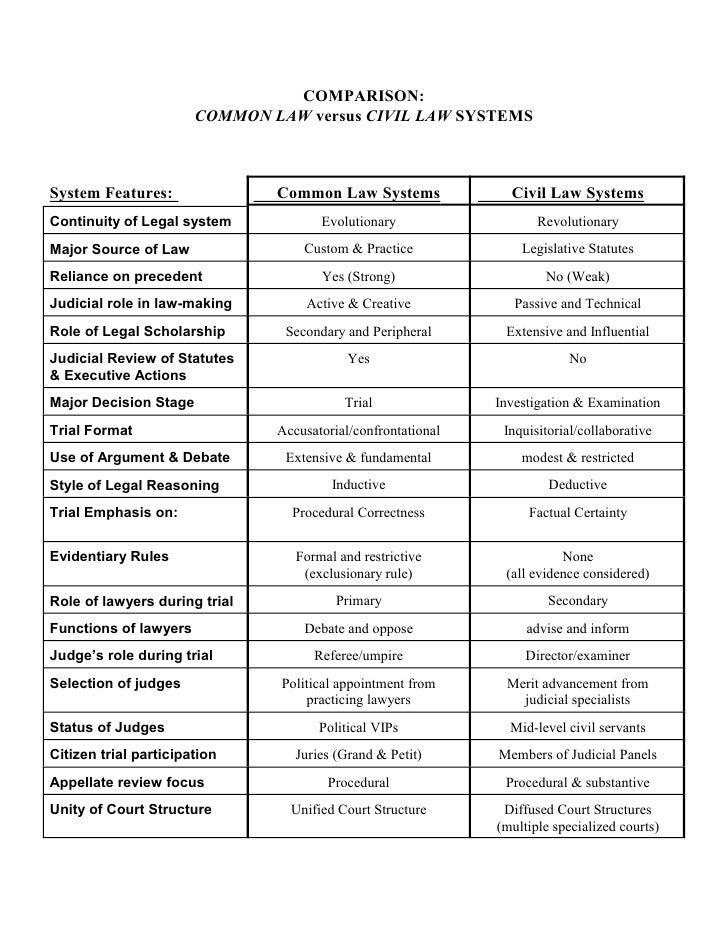
Commonvs civillaw chart
gal traditions: common law or civil law. The common law tradition emerged in England during the Middle Ages and was applied within British colonies across continents. The civil law tradition developed in continental Europe at the same time and was applied in the colonies of European impe-rial powers such as Spain and Portugal. Civil law

Common Law v. Civil Law YouTube
However, in civil law countries, the judge is usually the main investigator, and the lawyer's role is to advise a client on legal proceedings, write legal pleadings, and help provide favorable evidence to the investigative judge. In common law, the judge often acts as a referee, as two lawyers argue their side of the case.

The Differences between Civil Law and Common Law YouTube
Quebec Civil Law, notably by importing Common Law concepts Ð such as the law of trespass Ð in cases that had to be decided on the sole basis of Civil Law concepts. These transplants were vigorously denounced by Civil Law scholars in the early days of the twentieth century, and the practice eventually stopped.
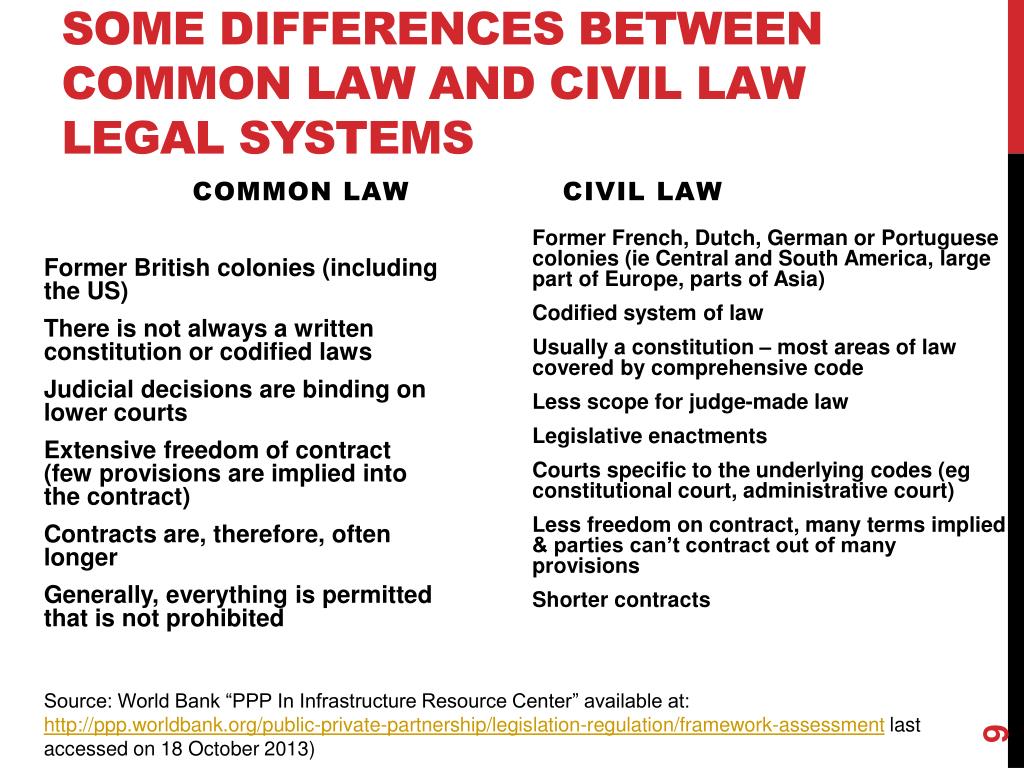
PPT Comparative Contract Law PowerPoint Presentation, free download ID2162431
Common law is a body of unwritten laws based on precedents established by the courts. Common law influences the decision-making process in novel cases where the outcome cannot be determined based.

Comparison of Common Law (US) and Civil (EU) Litigation Practice — PFCS
Countries with civil legal systems, like Germany and France, have consistently adhered to precedent in court. Because of its greater antiquity, the Civil Law has had a significant impact on the Common Law. The Civil Law is the source of the Law of Obligations, which was later incorporated into the Common Law.
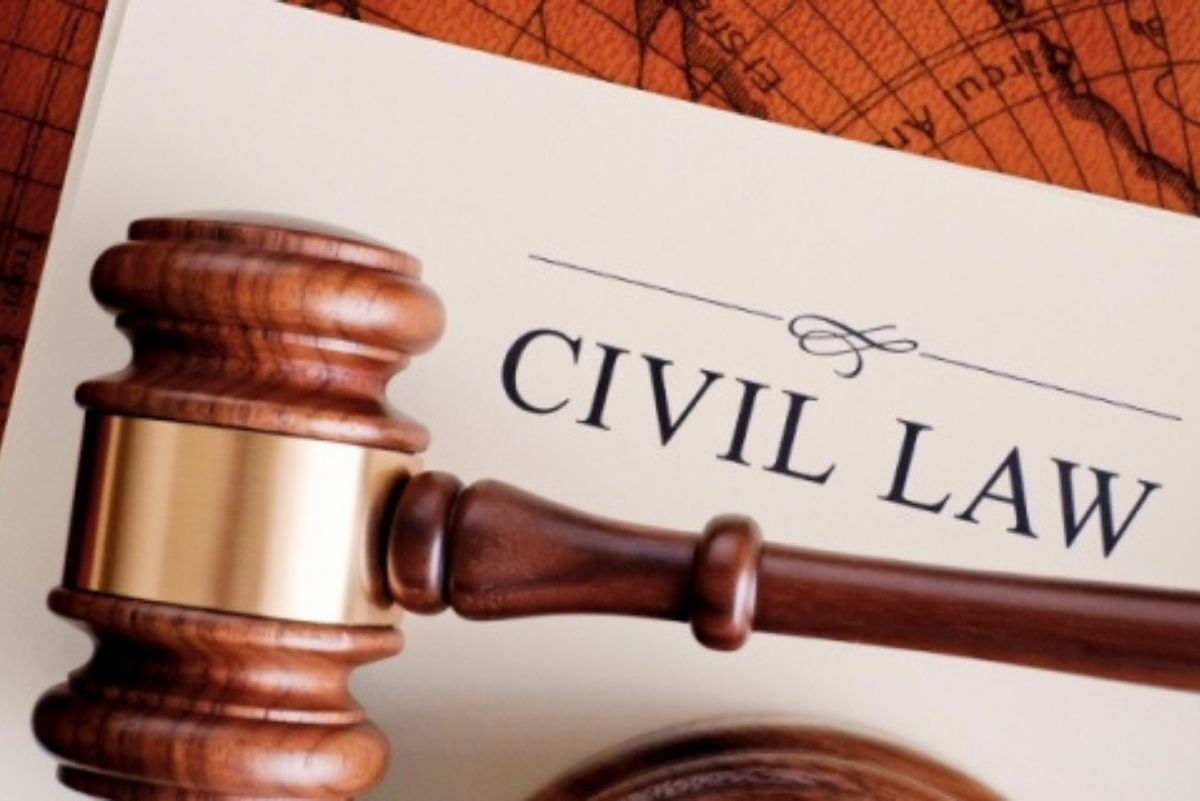
What Are The Two Most Common Types Of Civil Law Cases? Legal Inquirer
When it comes to court cases, judges in civil-law systems tend towards being investigators, while their peers in common-law systems act as arbiters between parties that present their arguments.

Essay on the difference between civil law and common law systems. Sunday, 2 April y
The differences between common law and civil law lie in, inter alia, their approaches to certain concepts, legal structure, classification, terminology, style, methods, and way of interpretation, rather than in differences in the fundamental or philosophical concepts. The core differences that determine different characters of these legal.
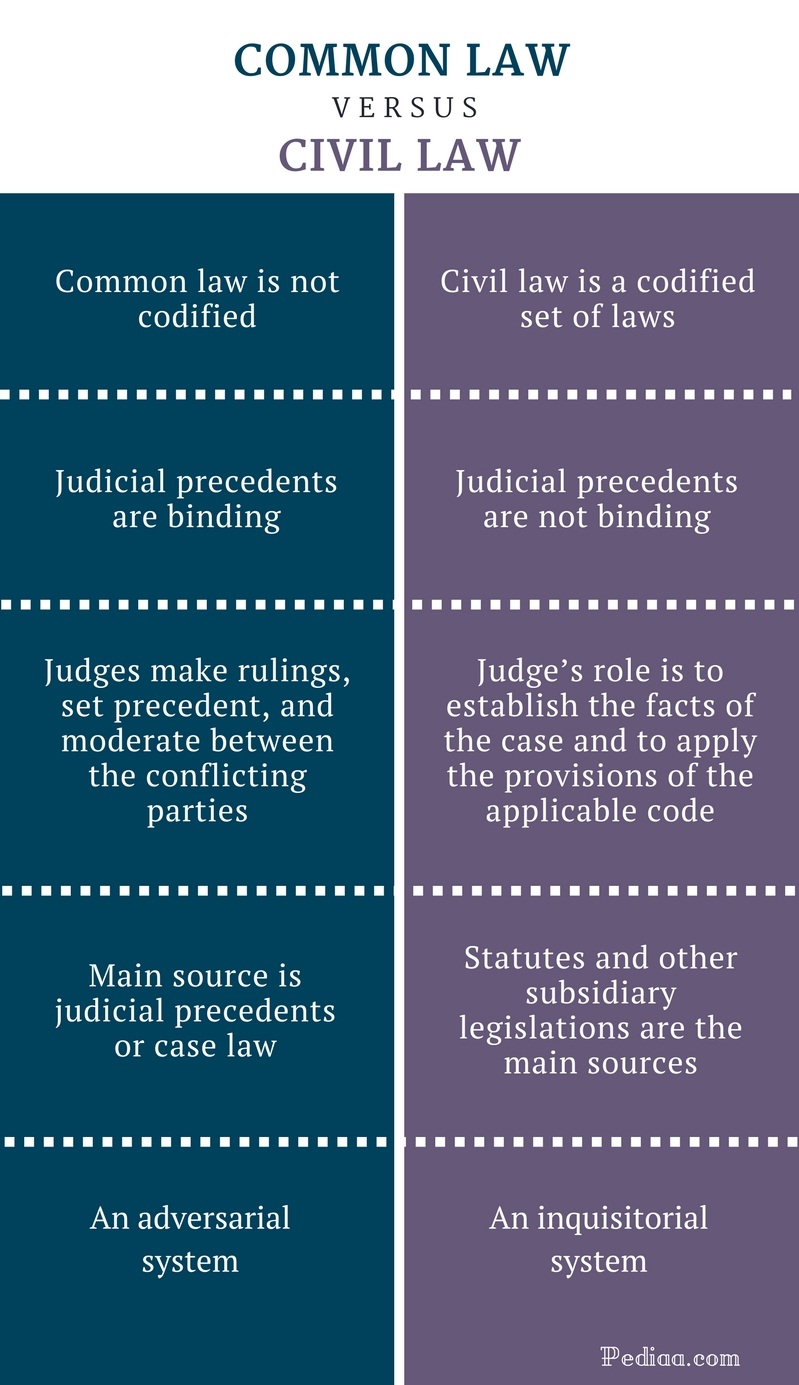
Difference Between Common Law and Civil Law Comparison of methods of thought, legal system
Common law vs. statutory law. If you've filed a civil lawsuit — whether a car accident, medical malpractice, toxic tort, or something else — the first thing your lawyer might do is look at common law, also known as case law.. Each state and federal government has its own set of laws and regulations, which are statutory or regulatory laws. Those laws are set by the government's.
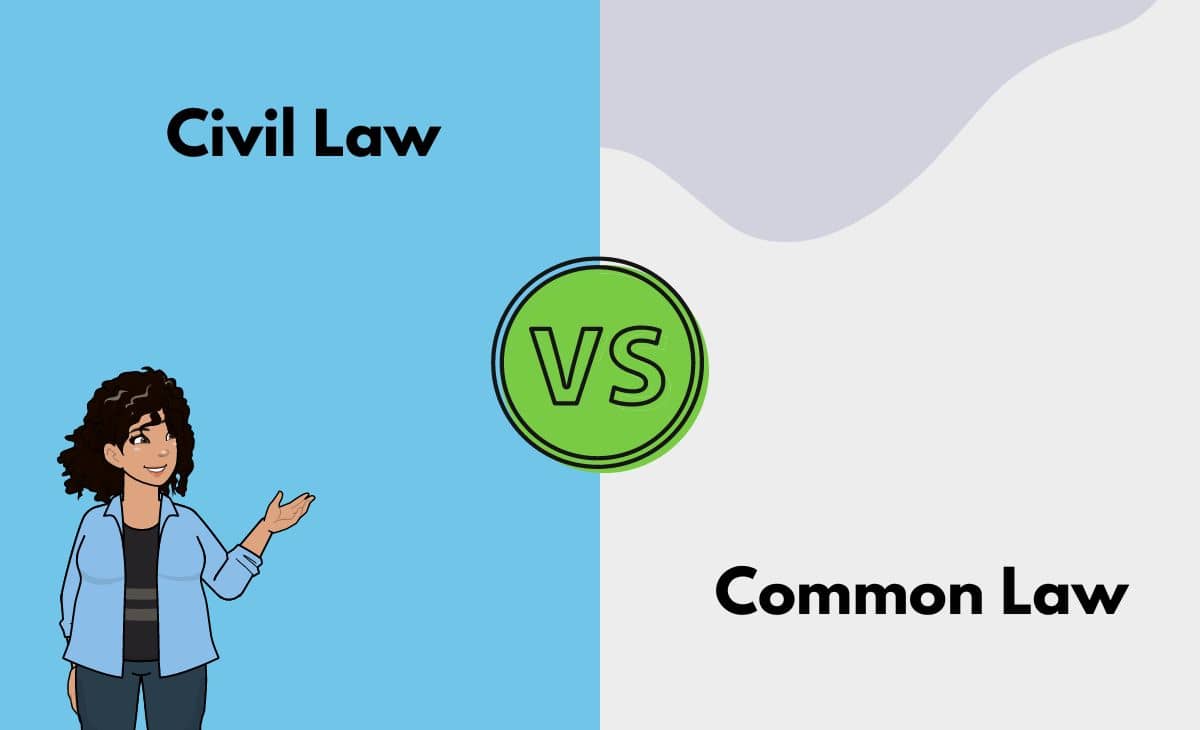
Civil Law vs. Common Law What's the Difference (With Table)
The civil law is based on the theory of separation of powers, whereby the role of legislator is to legislate, while the courts should apply the law. On the other hand, in common law the courts are given the main task in creating the law. The civil law is based on codes which contain logically connected concepts and rules, starting with general.
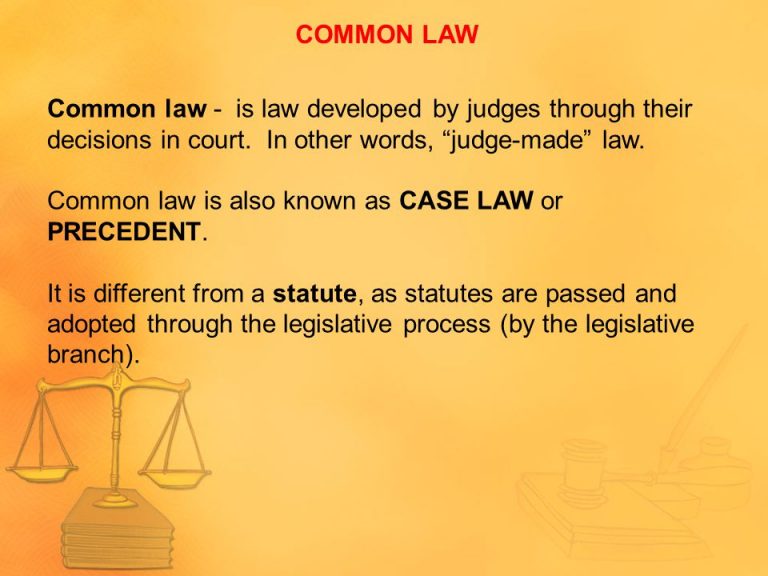
DEFINITION OF COMMON LAW The Lawyers & Jurists
The fundamental difference between the two systems is that case law, which is published in court rulings, is of primary importance in common law countries. On the other hand, codified legislation is predominant in nations with civil law, although these differences are not always as clear-cut as they seem. In fact, a lot of countries integrate.
- Hoeveel Pounds Is 60 Kilo
- Wat Rijmt Er Op Studie
- Black Hair To Blonde Highlights
- The Story Of The Cats
- China Eastern Airlines Coupon Code
- Farthest Frontier Crop Rotation Guide
- Smashing Pumpkins Bullet With Butterfly Wings Lyrics
- Lyrics To The Piano Man
- 4 Mei Vlag Halfstok Hoe Laat 2022
- Cities Skylines 2 Release Hour